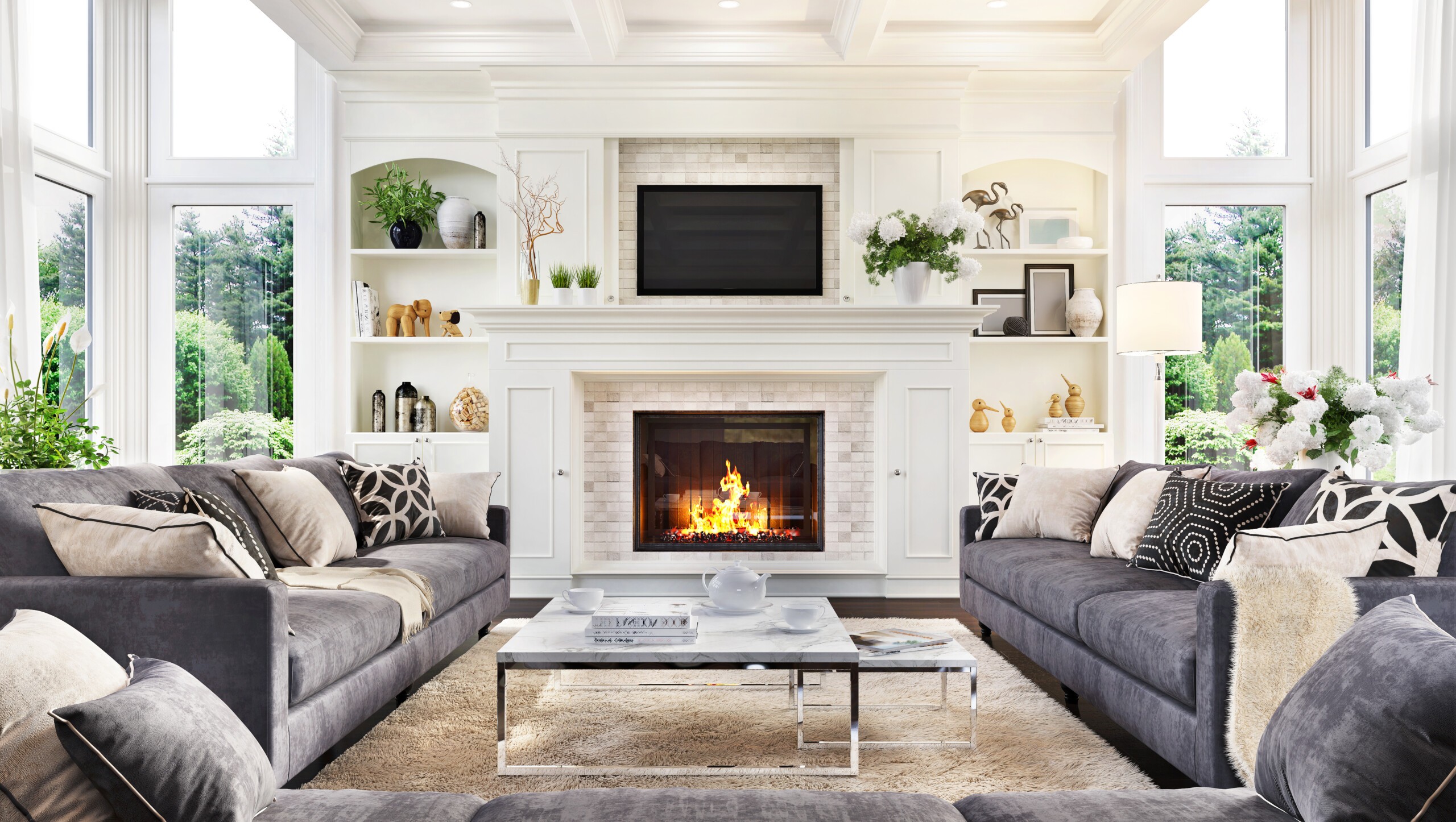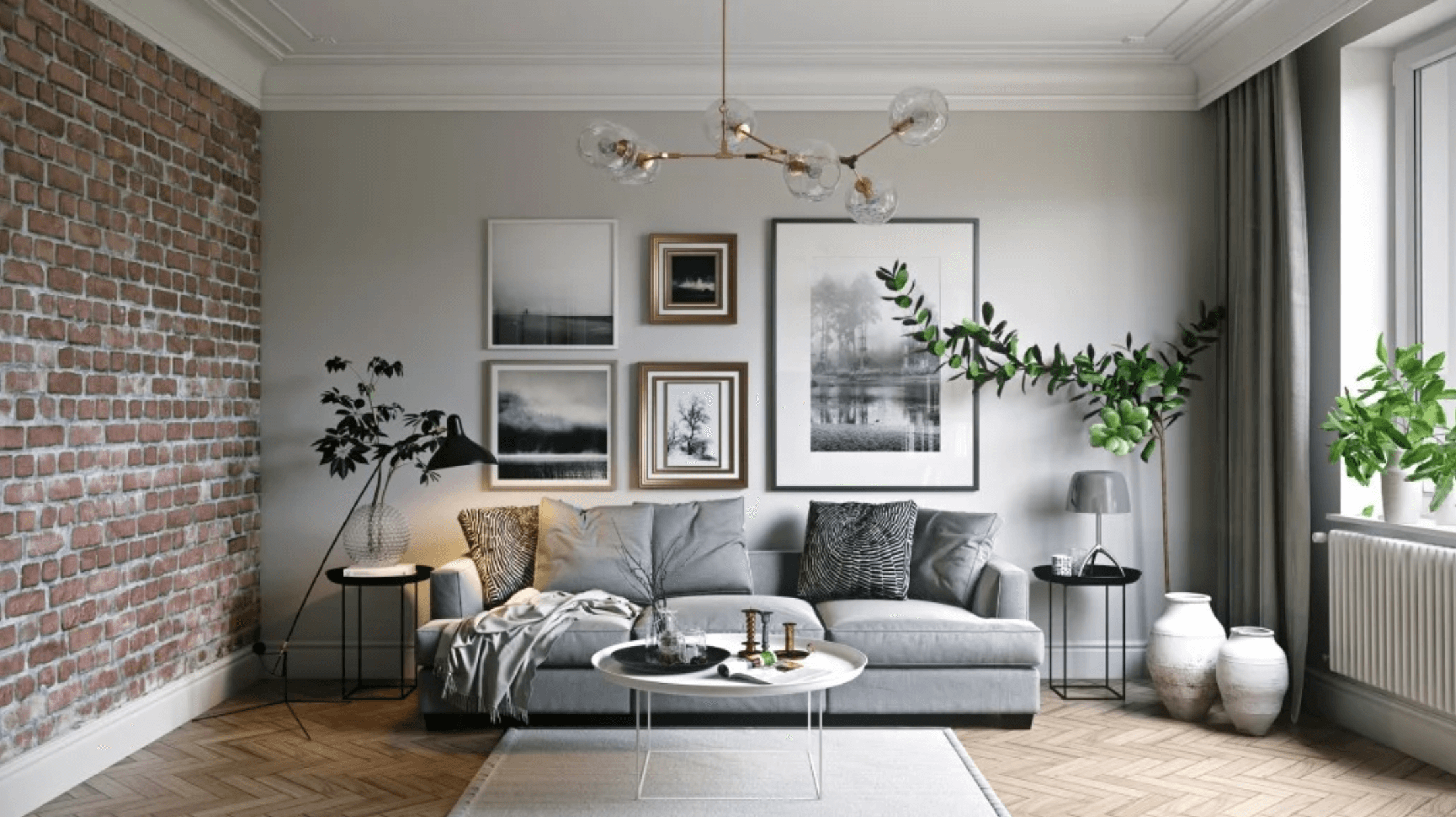Interior Decorating Styles

Interior decorating encompasses a diverse array of styles, each reflecting unique aesthetic sensibilities and cultural influences. From the grandeur of classicism to the minimalist elegance of modernism, these styles have shaped the way we design and adorn our living spaces.
Understanding the characteristics and origins of different interior decorating styles empowers us to create environments that align with our personal tastes and aspirations. Let’s delve into the captivating world of interior design and explore the nuances of its various expressions.
Traditional Style
Traditional style draws inspiration from centuries of European design, characterized by opulence, symmetry, and intricate detailing. Key elements include:
- Ornate furniture with curved lines and carved embellishments
- Rich fabrics such as velvet, silk, and damask
- Heavy drapery with elaborate swags and tassels
- Antiques and heirlooms that add a sense of history
Well-known designers associated with traditional style include:
- Dorothy Draper
- Albert Hadley
- Mario Buatta
Modern Style, Interior decorating
Modern style emerged in the early 20th century as a reaction to the ornate and excessive designs of the past. It emphasizes clean lines, simplicity, and functionality.
- Geometric shapes and unadorned surfaces
- Neutral color palettes with pops of accent colors
- Emphasis on natural materials such as wood, stone, and glass
- Integration of technology and smart home features
Notable designers associated with modern style include:
- Le Corbusier
- Ludwig Mies van der Rohe
- Frank Lloyd Wright
Contemporary Style
Contemporary style is a constantly evolving fusion of modern and traditional elements. It reflects the latest trends in design and technology.
- Clean lines and open floor plans
- Bold colors and patterns
- Mix of materials, textures, and finishes
- Emphasis on sustainability and eco-friendly practices
Contemporary designers often draw inspiration from diverse cultures and artistic movements.
Scandinavian Style
Scandinavian style is known for its simplicity, functionality, and connection to nature. It originated in the Nordic countries and emphasizes:
- Light and airy spaces with ample natural light
- Neutral color palettes with pops of bright colors
- Natural materials such as wood, wool, and leather
- Minimalist furniture with clean lines and organic shapes
Prominent Scandinavian designers include:
- Alvar Aalto
- Arne Jacobsen
- Ilmari Tapiovaara
Bohemian Style
Bohemian style is a vibrant and eclectic mix of patterns, colors, and textures. It draws inspiration from global cultures and embraces individuality.
- Bold colors and eclectic patterns
- Mix of vintage and ethnic pieces
- Layering of textiles and accessories
- Plants and natural elements
Bohemian designers often incorporate elements from their travels and personal experiences.
Color Theory in Interior Decorating

Color theory is the study of how colors interact with each other and how they affect human perception. It is a fundamental tool for interior decorators, as colors can be used to create a wide range of moods and atmospheres in a space.
The principles of color theory include the color wheel, which shows the relationships between different colors; color harmony, which refers to the pleasing combinations of colors; and color psychology, which explores the effects of different colors on human emotions and behavior.
Psychological Effects of Colors
Different colors have different psychological effects, which can be used to create specific moods and atmospheres in a space. For example, warm colors such as red, orange, and yellow are often used to create a sense of energy and excitement, while cool colors such as blue, green, and purple are often used to create a sense of calm and relaxation.
Choosing and Combining Colors
When choosing and combining colors for an interior design, it is important to consider the overall mood and atmosphere you want to create. You should also consider the function of the space and the amount of natural light available.
There are a few basic color schemes that can be used to create a harmonious interior design. These include:
- Monochromatic: A monochromatic color scheme uses different shades and tints of the same color.
- Analogous: An analogous color scheme uses colors that are adjacent to each other on the color wheel.
- Complementary: A complementary color scheme uses colors that are opposite each other on the color wheel.
- Triadic: A triadic color scheme uses three colors that are evenly spaced around the color wheel.
Once you have chosen a color scheme, you can start to experiment with different combinations of colors. It is important to remember that there is no right or wrong way to combine colors, so feel free to experiment until you find a combination that you love.
As the seasons shift and autumn’s embrace paints our surroundings with vibrant hues, it’s time to consider extending our decorating zeal beyond our homes. Explore the enchanting realm of fall yard decor , where pumpkins, gourds, and fallen leaves transform your outdoor space into a tapestry of rustic charm.
Let the vibrant colors and natural textures inspire you to create a cozy and inviting ambiance that seamlessly complements your interior decor, blurring the boundaries between indoors and out.
As you embark on the enchanting journey of interior decorating, let your walls sing a symphony of melodies with music wallpaper. Imagine vibrant motifs inspired by musical notes, instruments, or iconic album covers adorning your space. Each note, each lyric, will become an ethereal tapestry, weaving a symphony that resonates throughout your home.